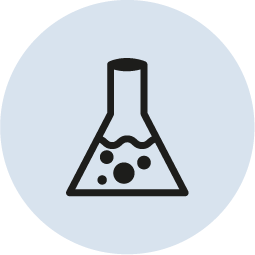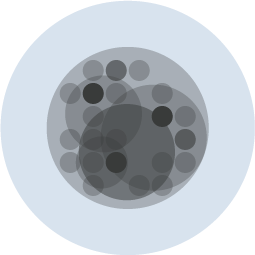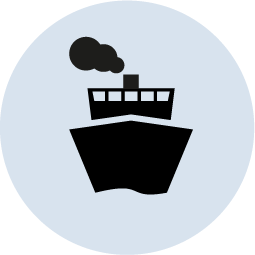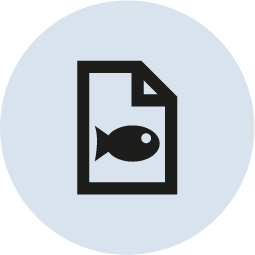Holistic assessments
HELCOM holistic assessments give a comprehensive overview of the ecosystem health of an entire regional sea – the Baltic Sea. These major assessments assist the region’s environmental managers and decision-makers, so that they can base their work on sound, up-to-date knowledge of the status of the sea. Read more
Biodiversity
The Baltic Sea harbours a unique composition of species and landscapes. An estimated 100 species of fish, 450 species of macroalgae, 1000 zoobenthos species, 3000 plankton species and many thousands of unknown species of bacteria and viruses create the unique underwater biodiversity of the Baltic Sea. Read more
Eutrophication
Driven by a surplus of the nutrients such as nitrogen and phosphorus in the sea, eutrophication is one of the main threats to the biodiversity of the Baltic Sea. Eutrophication is characterised by excessive primary production such as algal and plant growth, leading to harmful algal blooms, increased turbidity, oxygen depletion, and changes in species composition. Read more
Hazardous substances
The Baltic Sea’s catchment area is home to about 85 million people and its waterways are one of the busiest in the world. This high level of human activities both on land and at sea leads to many hazardous substances entering the Baltic. Read more
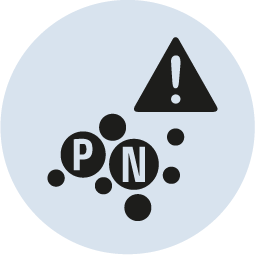
Pollution Load Compilations (PLC)
Pollution Load Compilations (PLC) are based on the data collected by the HELCOM Contracting Parties on total air and waterborne inputs of nutrients and some hazardous substances to the Baltic Sea. Read more
Maritime activities
With up to 2000 larger vessels sailing in its waters at any given time, the Baltic Sea is one of the busiest waterways in the world. To support its objective of sea-based activities carried out in an environmentally friendly way, HELCOM also collects data related to shipping and other maritime activities. Read more
Indicators
HELCOM uses core indicators with quantitative threshold values to evaluate progress towards the goal of achieving good environmental status in the Baltic Sea. Core indicator evaluations are regularly updated and published as core indicator reports. Read more
Environment Fact Sheets
Compiled by scientists from various research institutes around the Baltic Sea, the HELCOM Baltic Sea Environment Fact Sheets (BSEFS) provide information on the recent state of and trends in the Baltic marine environment. Read more
Data & maps
HELCOM Map and Data Service (HELCOM MADS) contains all geospatial data relevant for HELCOM work from status assessments to shipping density maps. The HELCOM Map and Data service contains various functionalities for viewing datasets, for example, identify features and attribute table functionalities. Read more

